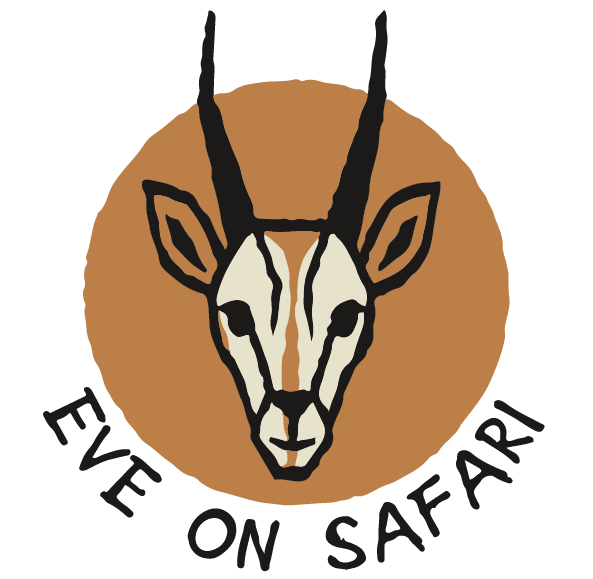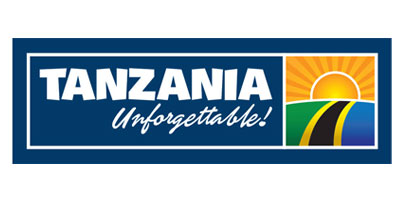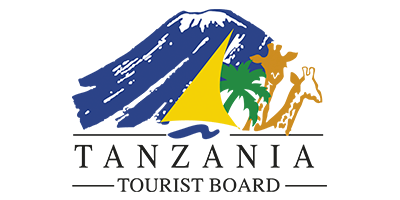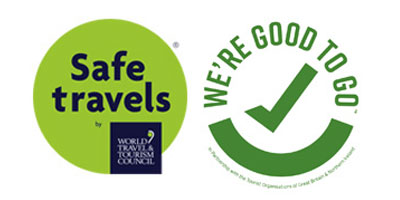- Home
- Kilimanjaro Climbing Preparation
Altitude Training
happy holiday
Book Your Dream Safari Today
Unforgettable wildlife moments are just a click away.
How to Prepare for High Elevation & Breathe Easy at 5,895m
One of the biggest challenges when climbing Mount Kilimanjaro isn’t the distance—it’s the altitude. As you ascend, the air gets thinner and oxygen levels drop. Preparing your body to handle high elevation is key to a safe and successful summit.
This guide explains how altitude affects the body and how you can train physically and mentally to improve your acclimatization before the climb.
What is Altitude Sickness?
Altitude sickness, or Acute Mountain Sickness (AMS), is a reaction to reduced oxygen levels above 2,500 meters (8,200 feet). It can affect anyone—regardless of fitness or age.
Common symptoms include:
Headache
Nausea or loss of appetite
Dizziness
Fatigue or poor sleep
Shortness of breath
Most symptoms are mild and manageable with the right precautions. However, it’s important to take them seriously and listen to your guide at all times.
Altitude Profile of Kilimanjaro
| Altitude Level | Elevation | Example Area |
|---|---|---|
| Low | <2,500 m | Base area (Moshi/Arusha) |
| Moderate | 2,500 – 3,500 m | Day 1–2 camps |
| High | 3,500 – 4,500 m | Mid-mountain camps |
| Very High | 4,500 – 5,895 m | Base camp to summit |
The summit (Uhuru Peak) stands at 5,895 meters (19,341 ft)—classified as very high altitude.
Tips for Altitude Training & Preparation
1. Choose a Longer Route
Opt for 7+ day routes (Lemosho, Machame 7D, Northern Circuit)
More days = better acclimatization and higher summit success
2. Hike “Pole Pole” (Slowly, Slowly)
Walk slowly, breathe deeply, and take frequent breaks
Save your energy for summit night
3. Hydrate Constantly
Drink 3–4 liters of water per day
Helps flush toxins and oxygenate your blood
Avoid alcohol and excess caffeine
4. Consider Altitude Medication (Diamox)
Talk to your doctor about acetazolamide (Diamox)
It can reduce symptoms and improve oxygen efficiency
Start taking 1–2 days before your climb
5. Practice Breathing & Cardiovascular Fitness
Improve your lung capacity with deep breathing exercises, yoga, or swimming
Build strong lungs and stamina with cardio workouts: hiking, running, biking
6. Sleep at Altitude (If Possible)
If you live near mountains, take weekend trips to higher elevation
Sleeping above 2,500m helps your body adapt
7. Use Pre-Acclimatization Tools (Optional)
Altitude training masks simulate low oxygen but don’t replace real elevation
Hypoxic tents (altitude tents) are expensive and used by elite athletes
These are optional—not essential for most climbers
Key Acclimatization Rules on Kilimanjaro
Climb high, sleep low (some routes follow this naturally)
Take rest days or shorter hiking segments
Communicate symptoms to your guide early—never ignore signs
Your safety is more important than reaching the summit
Final Thought
You can’t fully “train” for altitude at sea level, but you can prepare your body and mind to handle it. By choosing the right route, building endurance, staying hydrated, and listening to your body, you’ll be in a strong position to succeed.
Need Help Choosing an Acclimatization-Friendly Route?
We’ll help you select the best Kilimanjaro itinerary for your pace, fitness level, and schedule—while putting your health and summit success first.
Still Have Questions? We’re Here to Help! Contact Us
Everything You Need to Know Before You Travel.
Will I have a tour guide during my trip?
Yes, most of our packages include professional local tour guides to enhance your experience.
What happens if my flight is delayed?
We understand delays happen. Please notify us as soon as possible so we can adjust your schedule accordingly.
Can I request special meals during the trip?
Absolutely. Let us know in advance about any dietary needs, and we’ll ensure your meals are customised.
Is there 24/7 customer support while traveling?
Report any loss to your guide immediately. We will assist you in contacting the relevant authorities or local services.
What payment methods do you accept?
We accept major credit cards, bank transfers, and selected online gateways. Some packages may offer installment plans.
Is my payment refundable if I cancel my trip?
Refund policies depend on the cancellation timeframe and package terms. We’ll always share clear terms upfront.
Can I change my payment method after booking?
Yes, just contact our support team to update or switch your preferred payment method.
Are there additional fees beyond the package price?
We strive for transparency. Any additional costs (e.g., optional activities or upgrades) will be clearly communicated before payment.
Do I need a visa for my trip?
Visa requirements depend on your nationality and destination. We’re happy to help with the application process if needed.
Are vaccinations required for certain destinations?
Yes, some regions may require specific vaccinations. We recommend checking with your local travel health clinic or consulting us directly.
What travel documents should I bring?
Yes, we strongly recommend travel insurance to cover emergencies, trip cancellations, and medical expenses.
Do I need travel insurance?
Of course! We can help arrange international and domestic flights as part of your travel package.
How do I book a tour package?
You can book a tour through our website, by phone, or by visiting our office. Simply choose your desired package, provide traveler details, and complete the payment to confirm your booking.
Can I reserve a tour without immediate payment?
Yes, you can make a reservation and secure your spot with a deposit. Full payment will be required closer to the departure date, as per our terms and conditions.
How far in advance should I book my trip?
We recommend booking at least 2 to 6 months in advance, especially during peak travel seasons, to ensure availability and the best rates.
Will I receive a confirmation after booking?
Absolutely. Once your booking is complete, we’ll send a confirmation email with your itinerary, payment receipt, and other important details.







